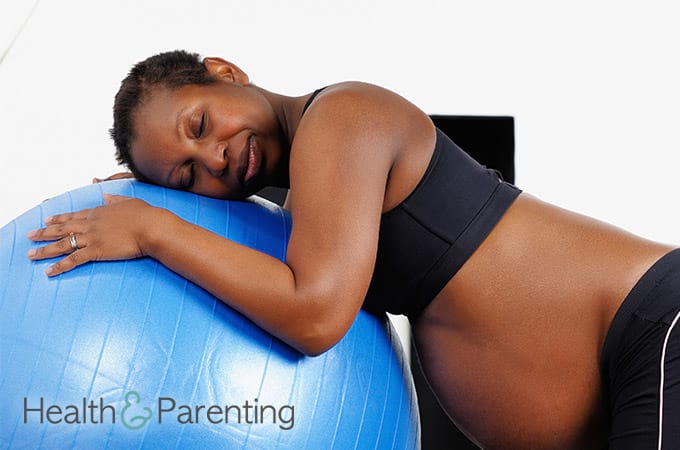An episiotomy is a surgical cut to your perineum (the area between your vagina and anus). To perform an episiotomy, your healthcare provider will use surgical scissors to make a small cut in your perineum shortly before the baby is delivered. The area will be numbed using a local anaesthetic administered by injection.
Will I need an episiotomy?
Historically, episiotomies were considered a routine part of labour. These days, however, this is not the case. Episiotomies should now only be used if medically necessary. If given without reason, an episiotomy can actually do more harm than good.
Many women find that they tear slightly during labour. Studies have found that natural tears heal better and are less painful than episiotomies.
Although episiotomies are now used less frequently, they may still be recommended in some circumstances such as:
- fetal distress
- ventouse (vacuum) or forceps delivery
- shoulder dystocia
How to avoid an episiotomy
Of course, you will find it very difficult to avoid a necessary episiotomy, and may even, in some circumstances, welcome it as a way to ensure the health of your baby and yourself. However, many women want to avoid the use of unnecessary episiotomies. There are a number of ways to avoid episiotomies in the delivery suite:
- Discuss it in advance. If you feel strongly that you would like to avoid medical interventions like episiotomies, speak to your healthcare provider about this. Try to find a healthcare provider who shares your views on labour and intervention. Write a birth plan, and be sure to note down your reluctance towards an episiotomy.
- Labour in upright positions such as standing or squatting.
- Hypnobirthing and relaxation techniques during labour may reduce your risk of medical intervention, as does hiring a doula for childbirth support.
- Apply a warm compress to the perineum during labour.
To avoid natural tearing, you should refrain from pushing when the baby’s head becomes visible during labour. By taking a number of short, panting breaths, you allow your perineum time to stretch. Your midwife will guide you through this process and instruct you when to alter your breathing pattern.
Healing after an episiotomy or tear
The perineum is actually designed to stretch and tear, so the good news is that it heals quickly. Once the placenta has been delivered, your healthcare provider will examine you. If you require stitches for your natural tear or episiotomy, dissolving stitches will be used. This will be done soon after labour.
Dissolving stitches take up to one month to heal. Your healthcare provider will check that the cut has healed at your six week check.
You may find that you feel sore and tender for a number of days following the birth. Most women report no discomfort just a week after the birth, however for some women the pain can last up to a month or longer.
If you are experiencing pain after an episiotomy or natural tear, you may find that the following remedies help to relieve discomfort:
- applying an ice pack to the area
- pelvic floor exercises – these will increase blood flow which aids healing
- pouring warm water from a jug onto the area during urination
- taking warm baths – regular bathing also minimises the risk of infection
- light exercise such as walking can improve blood circulation and aid healing
- air the stitches – lie on your bed with the stitches exposed for 10 minutes a day
- speak to your healthcare provider about over-the-counter pain relief
If you are worried that your stitches may be infected, contact your healthcare provider immediately. Signs of infection include red swollen skin, any pus or discharge and constant pain.
Sex after an episiotomy
Your perineum should be completely healed by your six week check. Your healthcare provider may advise you to wait until your six week check before having sex.
Nine in 10 women who had episiotomies found sex to be painful at first, so you may find sex to be slightly uncomfortable. You may find that you feel tighter, or more tender, than before. The pain will disappear over time. Allow plenty of time for foreplay, use a water based lubricant and experiment with different positions until you find one that feels most comfortable.
Do not have sex until you feel ready, and always stop if you are experiencing pain. Remember, penetration isn’t the only way to have a sexual relationship; there are other ways to be intimate.
Some women report that sex is painful for a number of months after an episiotomy or natural tear. If you are worried about the pain, please speak to your healthcare provider.
Written by Fiona, proud owner of a toddler, @fiona_peacock
This information is not intended to replace the advice of a trained medical doctor. Health & Parenting Ltd disclaims any liability for the decisions you make based on this information, which is provided to you on a general information basis only and not as a substitute for personalized medical advice. All contents copyright © Health & Parenting Ltd 2018. All rights reserved.











